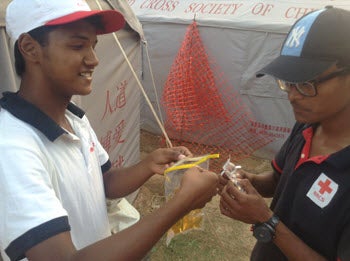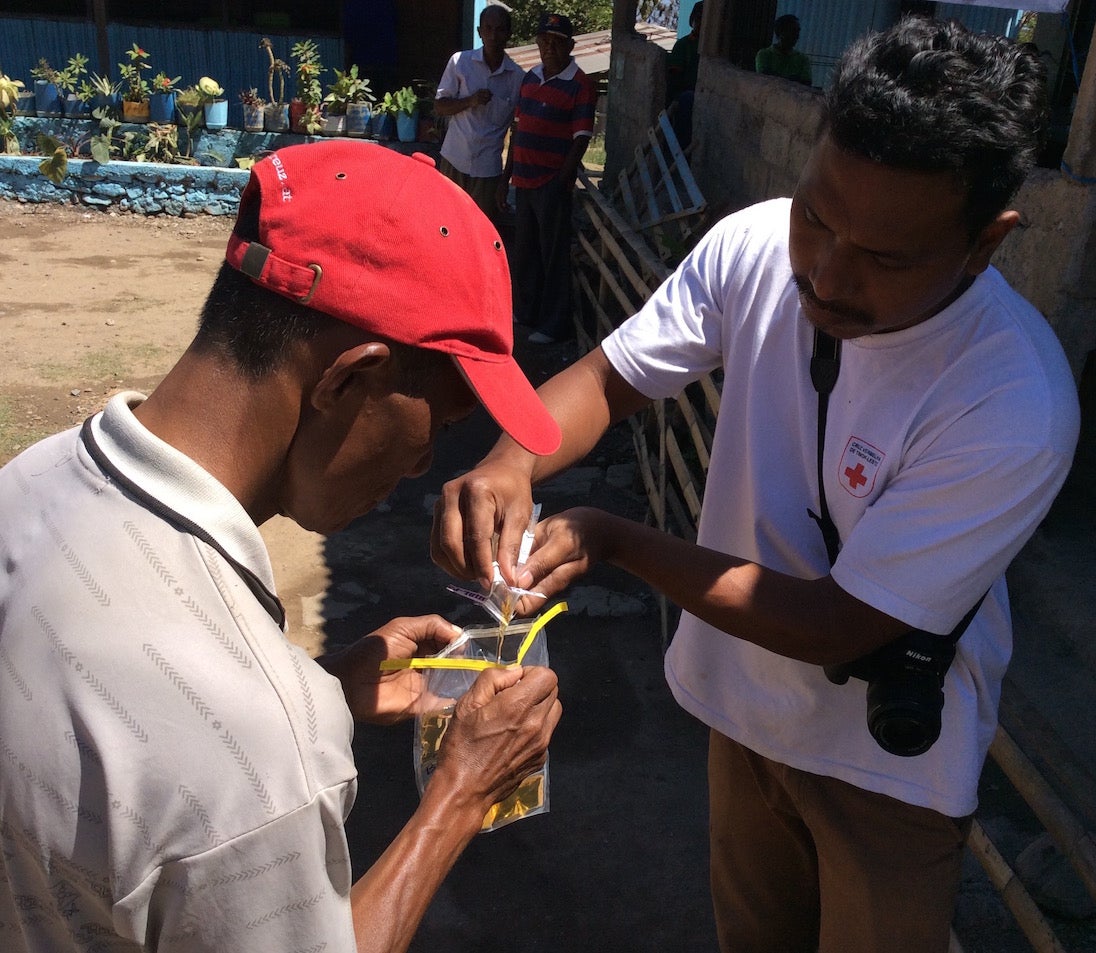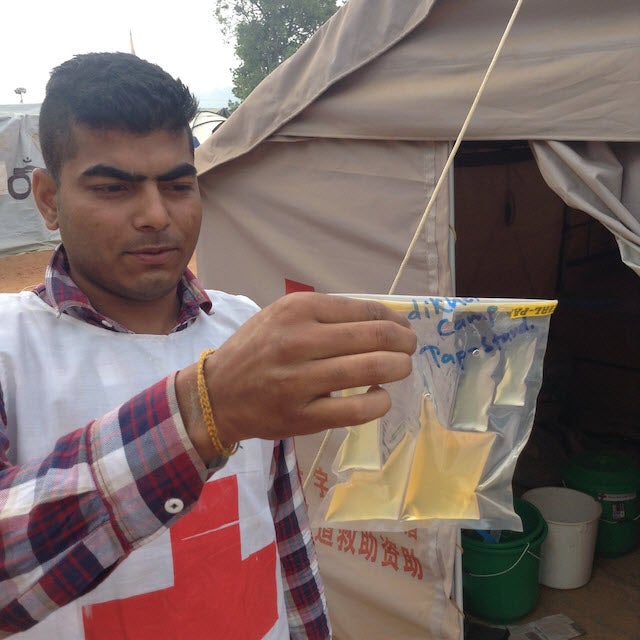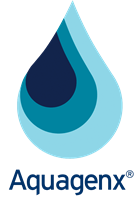Australian Red Cross Uses CBT E. coli Kit in
Timor-Leste, Malaysia and Nepal for
Water Quality Monitoring and Disaster Response

The International Federation of Red Cross and Red Crescent Societies (IFRC) is the world’s largest humanitarian organization, with 189 member National Societies. www.ifrc.org
The Australian Red Cross works to saves live and support people before and after disasters strike. They work to alleviate suffering during wars and conflict, promote the laws of war, and assist vulnerable community members. www.redcross.org.au
Project Description
The International Red Cross and Red Crescent Societes (IFRC) has a global water and sanitation program to save and improve the lives of vulnerable people. Much of the work is carried out in remote locations, which means that testing water sources for E. coli contamination is limited by delays and difficulties in getting samples to a lab.
Since 2002 in Timor-Leste, the Australian Red Cross has supported Cruz Vermelha de Timor-Leste (Timor-Leste Red Cross) to construct community gravity-feed water supply projects, which relies on protecting natural spring sources from contamination.
In 2015 the IFRC responded to severe flooding in northern Malaysia with Malaysian Red Crescent Society, and to the devastating earthquake in Nepal with Nepal Red Cross Society. These response efforts required water quality testing for fecal contamination in the aftermath of each disaster.
In all three cases, the teams needed a portable water quality test that could generate quantified results on-site without sending samples to a lab.
Aquagenx CBT E. coli Kit and the IFRC
The teams used the Aquagenx Compartment Bag Test (CBT) to test for E. coli bacteria in remote locations in Timor-Leste, Malaysia and Nepal. In all three locations, they sampled raw water quality with the CBT and also tested water for TDS, pH and chlorine.
The CBT E. coli Kit confirmed the effectiveness of spring protection In Timor-Leste, the risk of existing water sources in Malaysia and the effectiveness of an emergency chlorination program in Nepal.
Test Results
Most Probable Number (MPN) test results varied in Timor-Leste, where protected spring sources tested negative for E. coli, and unprotected sources ranged from Intermediate Risk/Probably Safe to Intermediate Risk/Possibly Safe. Malaysian test results were entirely Unsafe. In Nepal, chlorinated water tested negative for E. coli, and unprotected sources test results were dangerously Unsafe.
Benefits of CBT E. coli Kit for IFRC
“The Aquagenx CBT E. coli Kit should be adopted for standard water quality testing practices and disaster response within the Red Cross/Red Crescent movement and used by all member societies working in a water supply capacity,” says Stuart Bryan, Water and Sanitation Engineer with the Australian Red Cross.
“The CBT’s speed, convenience and quantitative test results add value to water quality investigations and validate projects and programs,” continues Bryan. “It is simple to use on-site in remote locations, and its color-change test results are an excellent way of raising water quality awareness for local communities.”



